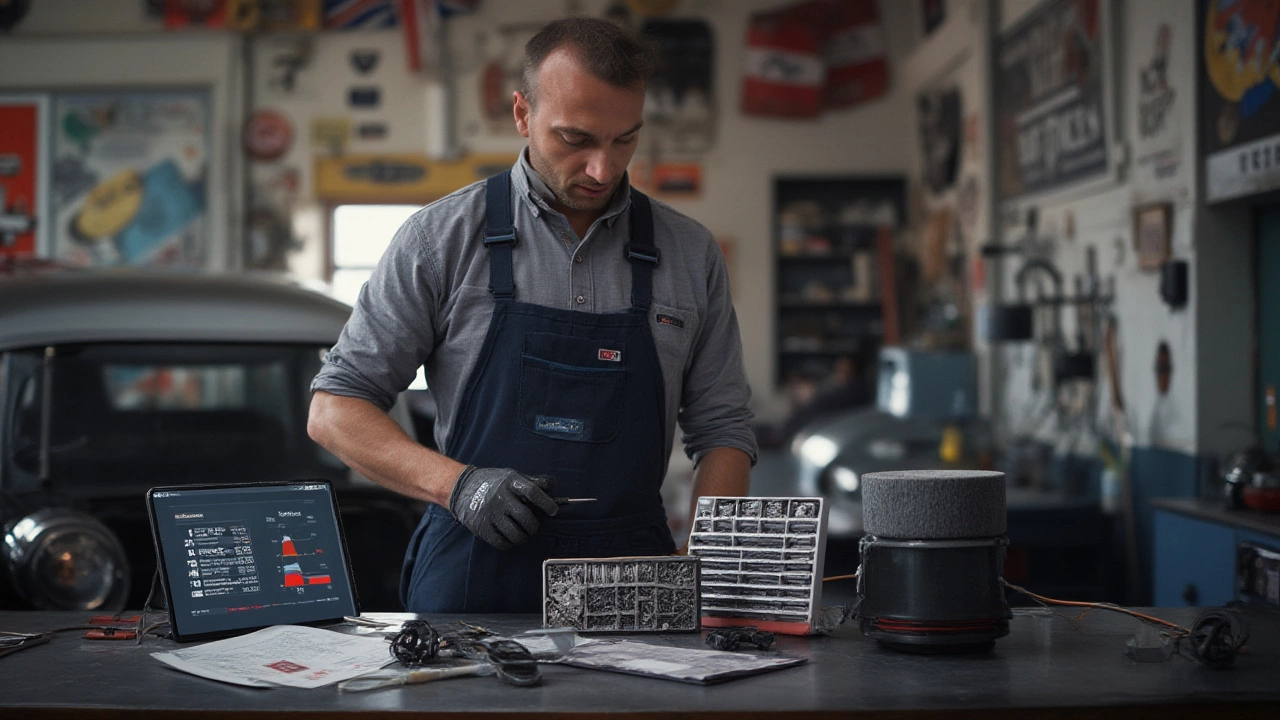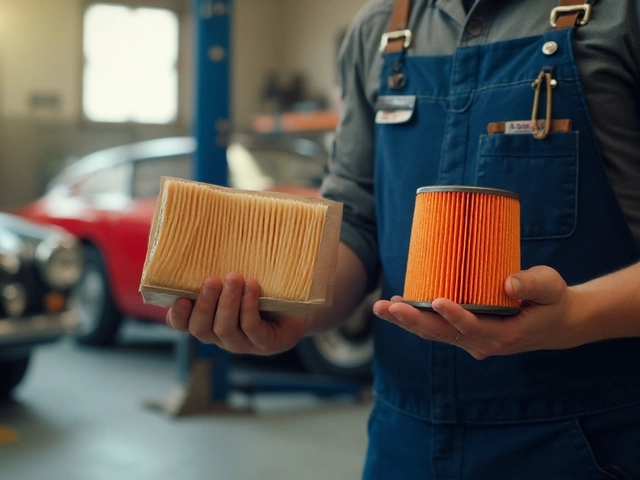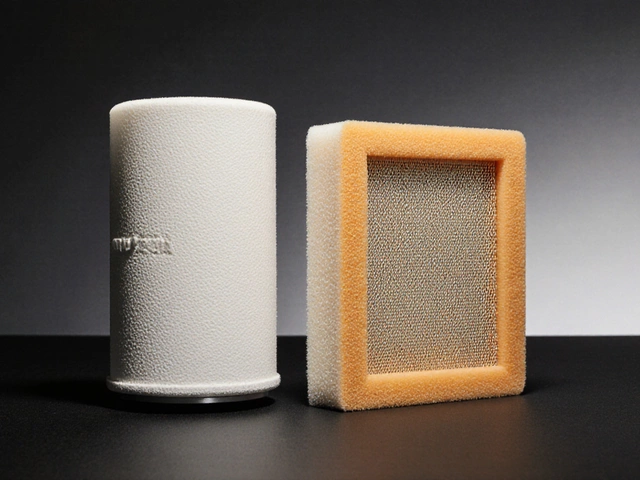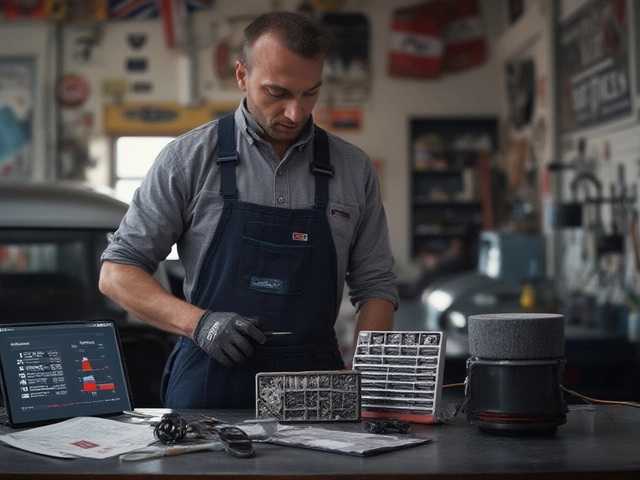Pop quiz: which modest car mod refuses to die, hyped everywhere from YouTube to parking lot debates? The performance air filter. The claim that you’ll instantly unlock hidden horsepower is tempting — but what does the dyno say? The idea is simple: more air equals more power. Reality is a little less generous, but a lot more interesting. If you’ve ever been tempted to drop a high-flow air filter into your ride and call it a "stage one build," here’s exactly how much power you’re really adding, and whether those big claims hold up when the dust settles.
What Does a Performance Air Filter Actually Do?
You’ve seen the ads: swap out your old, restrictive paper filter for a high-flow cotton or foam performance filter, and your engine suddenly breathes free. But what’s the science? Here’s the lowdown. A standard filter is designed to keep dirt and grit out of your engine — super important, but it’s usually made from dense paper arranged in tight pleats. The goal? Trap even the smallest dust particles. Performance filters use cotton gauze or foam, held in place by metal or plastic mesh, and are usually treated with oil to catch contaminants. They claim to let a greater volume of air in while still protecting your engine. Why does that matter? Internal combustion engines need air — a lot of it, and fast. The more oxygen you can stuff into your engine, the more fuel you can burn, which means more bang (literally), and, in theory, more power.
The most well-known names in the performance air filter world — think K&N, aFe, Green Filter, and AEM — all make similar promises. But they have wildly different philosophies on filtering materials, oiling, and even maintenance. The typical pitch is a 1-4% gain in power on the dyno (so if you’re rocking 150 hp from the factory, you might see a 2-6 hp increase — more on that in a minute). Most performance air filters are reusable — you clean and re-oil instead of replacing them. This means lower long-term maintenance costs, especially if you keep your car a while. Plus, some brands toss around claims about improved throttle response and even gas mileage, though these are a lot harder to measure reliably.
But here’s where things get interesting. The difference a performance air filter makes depends a lot on the engine and the airflow setup. High-revving engines that are starved for air by a restrictive intake system will see more noticeable gains. Engines designed with an already pretty free-breathing airbox – most modern cars, actually – will see less. In fact, since car makers want even their base models performing efficiently (to meet emissions and efficiency targets), most factory filters aren’t as restrictive as they used to be. One thing to remember: some oil-based filters can throw off the car’s mass airflow sensor (MAF) if they’re over-oiled, which can actually kill performance and throw a “check engine” light. Filter quality (and proper installation) matters way more than the marketing hype.
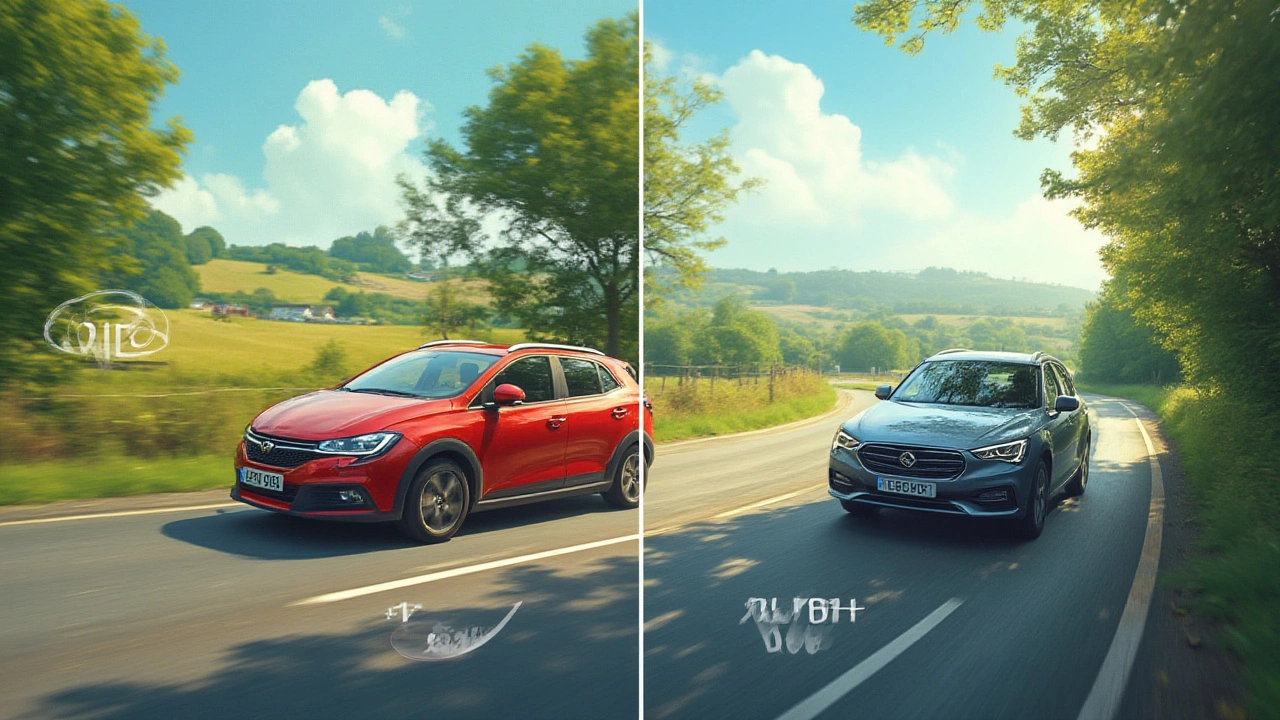
Horsepower Claims: What the Numbers Really Say
This is the burning question: how many horses can you expect with a performance air filter? Let’s get concrete. There is a big, juicy difference between marketing promises and independent dyno tests. Think of it as the difference between a pro wrestler’s smack talk and what he actually does on the mat.
Independent sources like Car and Driver, Hot Rod Magazine, and SAE (Society of Automotive Engineers) researchers have spent years bolting filters onto test cars and running the numbers. On modern, naturally aspirated engines, a performance drop-in filter (where you just swap out the filter element, leaving the stock air box and piping intact) adds on average somewhere between 0 and 5 horsepower. Realistically, most cars don’t see much more than 1-3 hp. A Car and Driver study back in 2019 tested a factory-fresh Honda Civic, swapping in a well-known high-flow filter. The result? 2.1 hp gained at the wheels — enough to maybe feel in a quick throttle blip, but nothing you’d clock in a street race.
Engines that benefit more from a performance filter are usually older designs with seriously restrictive intakes, or performance cars that were intentionally muted for regulatory reasons. Trucks and muscle cars — especially V8s from the ‘90s and early 2000s — can see 4-7 hp, sometimes more, because their stock filters are a bigger choke point. Turbocharged engines are hit-or-miss. Sometimes you see extra power because the turbo wants to gulp more air at full boost. Most of the time, though, the stock setup is already nearing the limit of what the airbox and piping can handle, so the filter alone won’t open up much more power.
If you’re hunting big numbers, the drop-in filter alone won’t get you there. Real gains happen when you combine it with other airflow mods, like a cold air intake, exhaust upgrades, or engine tuning. Here’s a quick reference table from dyno testing on a few popular models (numbers show peak gains with drop-in performance filters, not full intake swaps):
| Car Model | Engine | Stock HP | HP Gain (Filter Only) |
|---|---|---|---|
| Honda Civic (2018) | 2.0L I4 | 158 | +2.1 hp |
| Ford Mustang GT (2015) | 5.0L V8 | 435 | +6.5 hp |
| Volkswagen Golf GTI (2017) | 2.0L Turbo I4 | 220 | +1.8 hp |
| Toyota Tacoma (2020) | 3.5L V6 | 278 | +3.6 hp |
| Chevrolet Silverado (2012) | 5.3L V8 | 315 | +5 hp |
These numbers are at the wheels, not at the crank, so they represent real, usable power. In nearly all cases, the difference is subtle. The claim that you’ll feel a "night and day" change just doesn’t match up when the car is on the rollers. On a dyno chart, the gains are most obvious at high RPMs, where the engine is gulping maximum air. This explains why you don’t feel much at lower speeds or around town. Most drivers only really notice the difference in very specific, hard-driving conditions — flat out on the highway, at the track, or doing back-to-back acceleration runs looking at a stopwatch.
One place that air filters absolutely make a difference? Racing. In motorsports, where you squeeze tenths of a second out of every lap, any possible airflow improvement matters. But nobody wins street cred by bragging about a 2 hp bump — unless you’re bedding in your Mustang against identical stock cars at a track day. When it comes down to raw numbers, a performance air filter is best thought of as a foundational mod, not a miracle part.

Are Performance Air Filters Worth It? Practical Tips and Real-World Pros & Cons
If you’re expecting to bolt in a performance air filter and instantly transform your car, you’re probably going to be underwhelmed. But that doesn’t mean they’re a waste of time or money. There are legit advantages to swapping out your stock filter, especially if you understand what you’re actually getting.
- Reusable, not disposable: Almost all performance air filters are designed to last hundreds of thousands of miles with proper cleaning and maintenance. Instead of tossing out a paper filter every 10,000-30,000 miles, you just clean and re-oil the performance filter. For folks driving high mileage or keeping a car for years, this can save plenty of cash over the long run.
- Better airflow helps ancillary mods: If you’re planning more serious upgrades – like a cold air intake, freer-flowing exhaust, or even a tune – the filter is a smart first step. Opening up the intake path makes more sense when your engine actually wants more air. That’s when the small gain from the filter can stack with other mods for noticeably improved power, throttle response, and noise.
- Marginal but genuine power gain: Most cars pick up a few horsepower, mostly at the top of their rev range. This usually isn’t night-and-day, but you might notice smoother throttle and a slightly louder intake sound. It won’t transform a commuter hatch into a track monster, but it does make the engine a tad livelier, especially if you like spirited driving. For someone who enjoys every last bit of performance, that’s still fun.
- Filter oil and MAF sensors: This one’s key. Too much oil on a cotton filter can foul up your MAF sensor, which controls fuel mapping. That’s why you should always follow the manufacturer’s cleaning and oiling instructions exactly. Symptoms of MAF contamination include rough idle, hesitation, and trouble codes. If you want zero drama, dry filters (like AEM or some Green products) are safer choices on cars with sensitive sensors.
- The myth of fuel economy: The idea that swapping air filters bumps up MPGs is mostly wishful thinking. Independent testing has shown any mileage gain is less than 1 mpg in most real-world driving, often within the margin of error.
Here are a few practical things to keep in mind when picking and using a high-flow air filter:
- Stick with reputable brands. Knock-off filters sometimes have poor filtration, risking your engine for tiny gains.
- Match your mod to your car. If you have a turbo car or a modern naturally-aspirated engine, don’t expect much power – but do expect lower maintenance cost over time.
- Keep it clean. A dirty performance filter is worse than a new factory filter. Make cleaning part of your routine if you live in a dusty or pollen-heavy area.
- Combine with other mods for best effect. Performance air filters aren’t magic, but they play well with cold air intakes and exhaust upgrades.
- Follow the instructions. Whether you’re oiling or just reinstalling the filter, don’t skip the details — it can literally save your engine (or at least your sensors).
So, who should grab one? If you love tinkering, track every bit of your fuel mileage, or want a subtly sportier engine note for your morning commute, a performance filter will scratch that itch. For anyone expecting dramatic acceleration changes, you might want to save up for bigger upgrades. But here’s the real trick — they don’t hurt, and for many car owners, the blend of small power bump, long-term value, and that hint of induction growl is a recipe worth trying.

